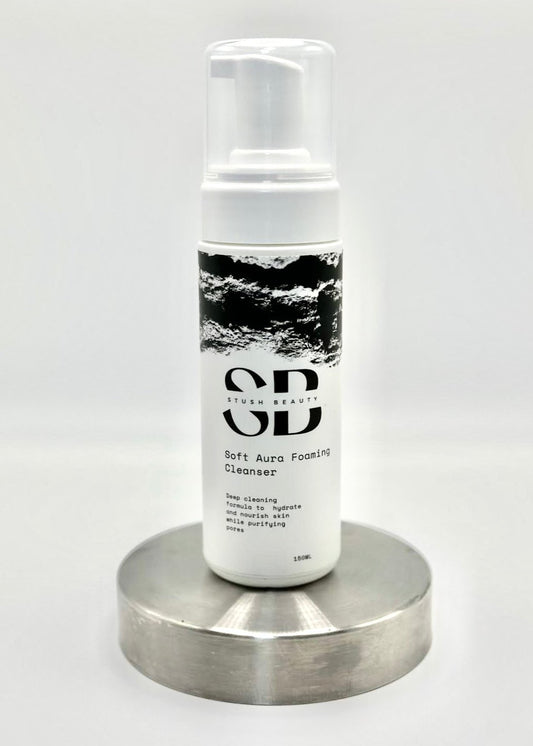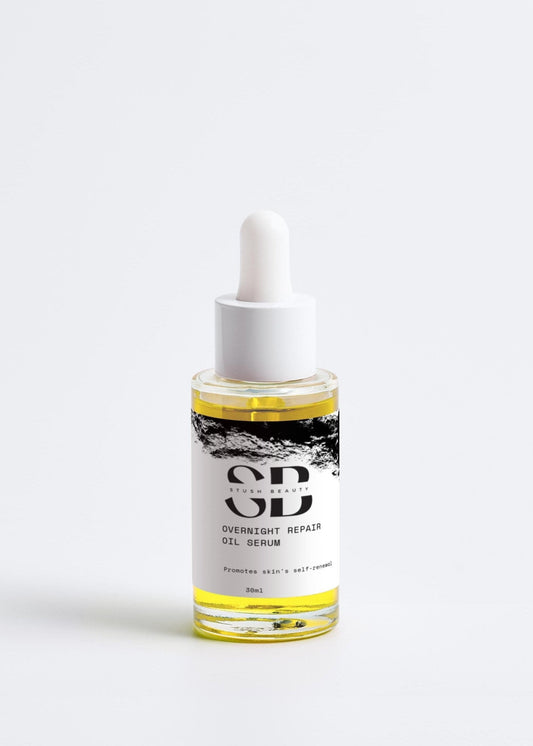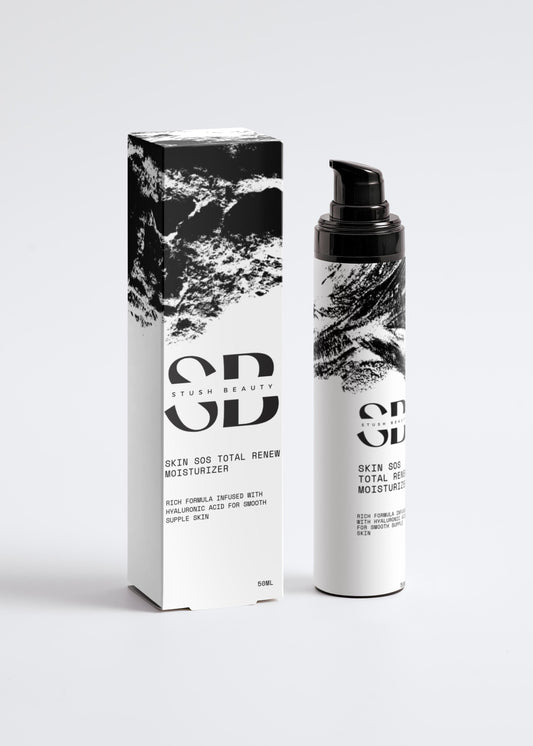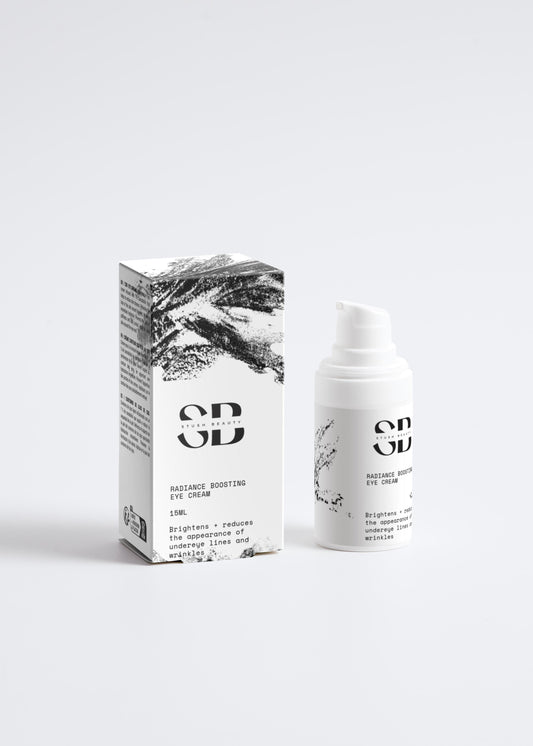There’s something magical about the first snap of fall air—the sweaters, the steamy teas, the earlier sunsets. But there’s also the subtle shift your skin feels before you do. Overnight, humidity drops, indoor heating kicks in, and suddenly your summer routine isn’t cutting it. The big question becomes: how do you transition your skincare routine to fall so your skin stays hydrated, even-toned, and luminous through winter? And what do dermatologists actually recommend?
Why Fall Weather Changes Your Skin
The short answer is simple: feed your barrier. As the weather turns cold and dry, transepidermal water loss (TEWL) increases, indoor heat pulls moisture from the air, and your skin’s natural lipids thin. This leaves your complexion dull, reactive, and more prone to irritation. Combine that with hot showers, extra handwashing, and scarves brushing against your jawline, and you’ve got the perfect storm for dryness, flaking, and even breakouts from a stressed barrier.
Dermatologist-Approved Tips
Dermatologists agree that the best thing you can do for your skin this season is to layer hydration strategically. Start with humectants like glycerin or hyaluronic acid to pull water into the skin, then follow with emollients such as squalane or ceramides to smooth and repair. Finish with an occlusive layer like shea butter or dimethicone to lock everything in place. In very dry climates, glycerin often outperforms hyaluronic acid unless you seal HA under a rich cream, so always finish with a moisturizer or balm.
Your lipid barrier also needs special attention. Look for ceramides, cholesterol, and fatty acids to restore what’s been depleted, reduce tightness, and prevent irritation. Keep exfoliation gentle and infrequent—once a week with lactic or mandelic acid is usually enough—and consider dialing back strong glycolics to avoid micro-injury and rebound pigmentation. If you use retinoids, try the moisturizer–retinoid–moisturizer “sandwich” method or switch to every other night to reduce peeling and discomfort. And yes, sunscreen is still essential, even in winter. UVA rays pass through clouds and windows, and snow can reflect up to 80% of UV light. If you deal with uneven tone, a tinted SPF with iron oxides will also protect you from visible light, which can worsen hyperpigmentation.
Your Morning Ritual
Your morning routine should focus on hydration, strength, and protection. Start with a gentle cleanser that won’t strip your skin barrier. Follow with a hydrating treatment containing glycerin, hyaluronic acid, panthenol, or niacinamide to draw in water and calm irritation. Seal that moisture in with a nourishing cream that features ceramides, squalane, or shea butter to reinforce your lipids. And no matter the weather, apply a broad-spectrum SPF 30 or higher every morning. Tinted mineral sunscreens with iron oxides are especially helpful if you have melasma or are prone to dark spots.
Your Evening Ritual
Evenings are all about repair and renewal. Cleanse with lukewarm water to avoid stripping away natural oils. Then choose one treatment per night so you don’t overwhelm your barrier. Niacinamide is a great daily option for calming redness and brightening tone. If you’re prone to breakouts or redness, azelaic acid is another gentle yet effective choice. For smoothness and glow, try lactic or mandelic acid once a week, which are gentler than glycolic acid in dry weather. On alternate nights, apply a retinoid or bakuchiol if your skin can tolerate it, reducing frequency at the first sign of tightness or peeling. Finish with a barrier-focused moisturizer like Stush Beauty’s Skin SOS Moisturizer, and if your skin is very dry or eczema-prone, add a thin layer of occlusive balm to cheeks, chin, or any patchy areas before bed.
The Stush Slow-Beauty Edit
Transitioning your routine doesn’t need to be complicated. Stush Beauty’s Skin SOS Moisturizer offers comforting hydration without heaviness, Soft Aura Foaming Cleanser provides an effective but non-stripping cleanse, and Overnight Restore Serum delivers a nightly boost that smooths texture and restores glow while you sleep.

Adjusting for Your Skin Type
If your skin is oily or acne-prone, keep your hydration light in the morning with gel textures and save a richer cream for nighttime. Stick with consistent actives but cut exfoliation back to once weekly. Dry or sensitive skin types will benefit from cream cleansers, layered hydration, and barrier creams both day and night, plus gentle exfoliation only when needed. Those with melanin-rich skin should focus on protecting from visible light with tinted SPF, avoiding over-exfoliation, and leaning on actives like niacinamide or azelaic acid to prevent post-inflammatory hyperpigmentation. Eczema-prone skin needs extra care—short lukewarm showers, fragrance-free barrier creams, and moisturizing within three minutes of bathing using the “soak and seal” method can make a big difference.
What to Keep, Tweak, and Pause
This season is all about refinement. Keep your gentle cleanser, hydrating serum, daily SPF, and barrier cream as staples. Tweak your routine by swapping lightweight gels for richer creams, cutting back on exfoliation, and adjusting your retinoid schedule as needed. Pause harsh scrubs, frequent peels, and too many active ingredients layered together to avoid over-stressing your barrier.
Trending Techniques Worth Trying
If you’re curious about trends, skin flooding—layering light hydrating products on damp skin before sealing with a moisturizer—can work wonders for dehydration. Slugging, or using an occlusive layer overnight, is best for very dry or eczema-prone areas. And skin cycling, which rotates exfoliants, retinoids, and recovery nights, can keep skin glowing without overdoing it.
Lifestyle & Nutrition Support
Great skin starts from within. Omega-3 fatty acids from fish, chia, or walnuts help strengthen the lipid barrier. Vitamin D supplementation can calm inflammation if you’re deficient, while a low-glycemic diet rich in vegetables, legumes, and whole grains supports clear, bright skin. Stay hydrated with warm water, herbal teas, and broths—internal hydration takes time but delivers results.
The Cozy 10-Minute Routine
Morning is as simple as cleanse, treat, moisturize, and protect with SPF. Evening is cleanse, treat (choose one: niacinamide, azelaic acid, or retinoid), and moisturize. Add an overnight serum if you want a little extra glow. Once a week, use a gentle lactic or mandelic acid exfoliant if your skin feels calm.
Consistency is Key
Transitioning to a fall and winter skincare routine isn’t about adding more steps, it’s about doing what matters most: reducing water loss, rebuilding lipids, using actives thoughtfully, and protecting your skin every single day. Keep your routine simple, cozy, and intentional. Treat it like a ritual, and your complexion will stay healthy, radiant, and resilient all season long.




